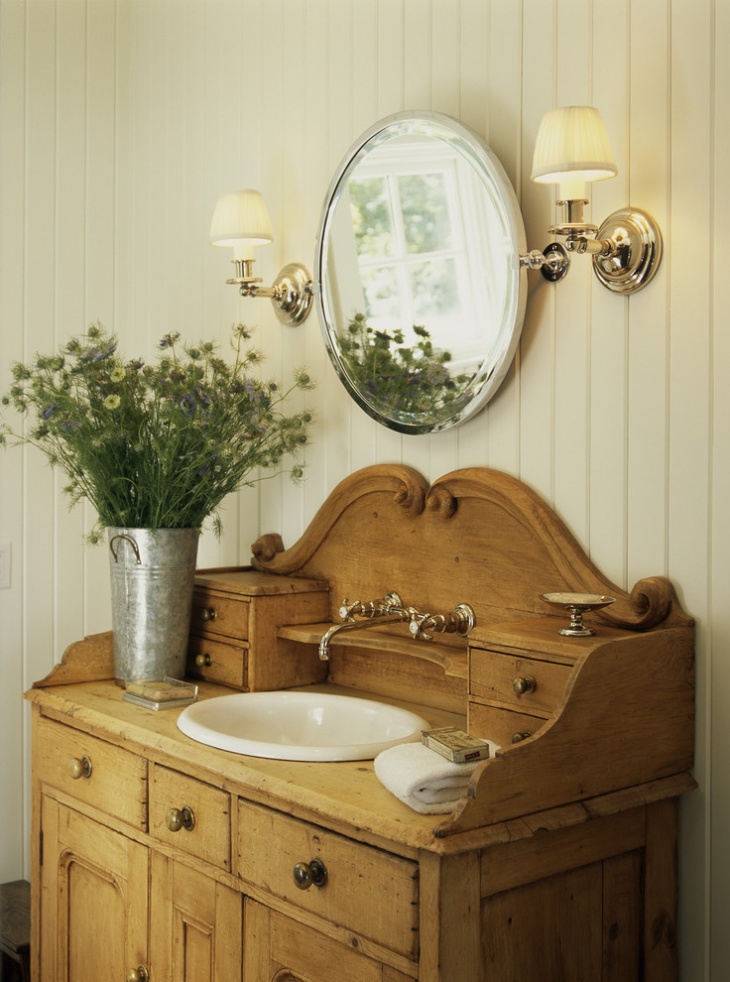



The early 1990s was a period of many new developments for the wrought forged connecting rod industry.Nakamura et al. There is no accurate date to source the production time of the first wrought forged connecting rod,but there is a long history of the wrought forged connecting rod to be the “standard” for the automotive industry.Plain carbon steel forgings were the initial material for drop forging design.Since a finished forged connecting rod cannot be formed in one blow,the forging dies for connecting rods have several impressions,each step moves progressively toward the final shape.The metal billet is transferred from one impression to another by successive blows.Figure 1 shows a set of forging dies and the main steps of forged connecting rod.In general,we can forge the cap part and lower rod part separately,or forged slightly oblong and sawed in two pieces.įigure 1: Set of forging dies and successive steps for forging a connecting rod roughstock from a metal billetĪfter the part has been forged,heat treated need to be done to reach the desired properties and then straightened after the heat treating operation.To ensure proper weight and balance of the finished rod,the rod is forged with extra weight in the form of balancing pads on both ends of the rod.These balancing pads are then machined during the finishing operation to obtain a well balanced connecting rod.The rod and cap are finish machined by broaching,milling,boring,honing,fringing and other machining steps.A substantial quantity of metal is removed to get the final dimensions and finish.The quantity of metal removed during the machining process takes a percentage of about 25-30% of the drop forged roughstock cap and rod.This estimate does not include the flash that is trimmed immediately after drop forging.


 0 kommentar(er)
0 kommentar(er)
